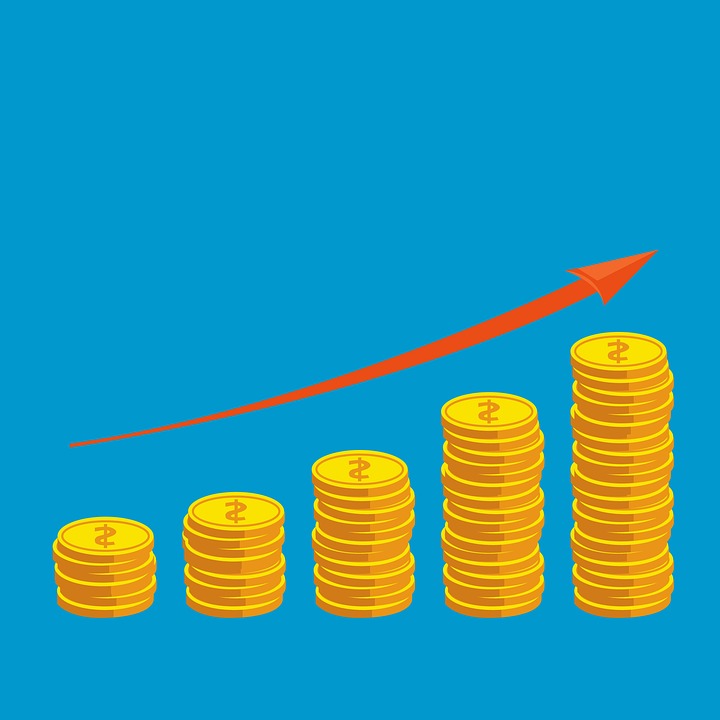Last updated Mar. 21, 2025 by Charles Zemub
Filing for bankruptcy can be a complex and sobering process. It offers individuals and businesses a means of resetting their financial circumstances. However, financial recovery doesn’t always happen immediately after bankruptcy. Understandably, many people find themselves in need of additional relief even after successfully discharging debts through Chapter 7 bankruptcy. The question then becomes: How soon can you file for Chapter 13 after Chapter 7 bankruptcy? This article will delve into the timelines, regulations, and strategic considerations involved in filing a Chapter 13 bankruptcy after a Chapter 7 discharge.
Understanding Chapter 7 and Chapter 13 Bankruptcy
Before exploring the interrelation between Chapter 7 and Chapter 13 bankruptcy filings, it’s essential to unravel what each type entails:
Chapter 7 Bankruptcy, also known as "liquidation bankruptcy," involves the elimination of most unsecured debts such as credit card debts, medical bills, and personal loans. A trustee may liquidate non-exempt assets to pay creditors, but qualifying individuals often keep their essential property thanks to exemptions. Filing Chapter 7 is usually quicker, with debt discharge occurring within a few months.
Chapter 13 Bankruptcy, commonly referred to as "wage earner’s bankruptcy," requires debtors to propose a repayment plan to address all or part of their debts over a three-to-five-year period. Unlike Chapter 7, Chapter 13 does not involve liquidating assets, allowing debtors to retain their property if they adhere to the repayment plan.
The Waiting Period: Filing Chapter 13 After Chapter 7
The United States Bankruptcy Code stipulates waiting periods that must be observed when discharging debts under different bankruptcy chapters. These waiting periods ensure that individuals cannot abuse the bankruptcy system by filing too frequently without fulfilling their obligations.
Timing Guidelines
-
Four-Year Rule: A debtor must wait four years after the filing date of a Chapter 7 bankruptcy before they are eligible to file for a Chapter 13 bankruptcy. The key determinant is the filing date, not the date of discharge. This rule is underlined in Section 1328(f) of the Bankruptcy Code.
- The Exception of a "Chapter 20" Bankruptcy: Informally referred to by some as a "Chapter 20", filing a Chapter 13 immediately following a Chapter 7 is sometimes pursued for strategic reasons, even though the debtor is not eligible for a full discharge under Chapter 13. This approach typically focuses on initiating a repayment plan to reorganize specific debts left standing after Chapter 7, such as mortgage or car loan arrears. Note that this doesn’t circumvent the traditional waiting period for a discharge under Chapter 13.
Why Wait?
The waiting period is designed to prevent repetitive filings in a short period, which could complicate the debtor’s financial situation, delay creditor recuperations, and burden the court system. Adhering to the four-year interval ensures the debtor has adequate time to recalibrate financially and present a feasible repayment plan under Chapter 13.
Filing Strategy: Chapter 13 After Chapter 7
Successfully navigating financial recovery post-bankruptcy involves understanding the strategic interplay between Chapter 7 and 13. Here’s how:
-
Protection from Collection Actions: Chapter 13 can offer a tactical advantage by providing the automatic stay’s protection. This prevents collections, foreclosures, and repossessions, offering debtors a reprieve while they reorganize their finances.
-
Curing Defaulted Loans: One favored strategy is using Chapter 13 to address mortgage arrears. If mortgage payments became delinquent before or after the Chapter 7 discharge, Chapter 13 allows debtors to catch up over time.
-
Reinstating Secured Debts: Chapter 13 is uniquely beneficial for individuals needing more time to reinstate secured debts, such as car loans, providing a structured payment framework for debt management.
- Managing Nondischargeable Debts: Some debts, such as certain taxes or student loans, may not be eliminable under Chapter 7. Chapter 13 allows debtors to incorporate these debts into a repayable plan, thus offering clarity on managing these obligations.
Considerations Before Filing Chapter 13 After Chapter 7
Filing for Chapter 13 after a Chapter 7 discharge should be approached with clearheadedness and strategic foresight. Here are some crucial factors to consider:
-
Preparation of a Feasible Repayment Plan: The success of a Chapter 13 filing hinges on the viability of the proposed repayment plan. Debtors must demonstrate ability to make consistent payments derived from disposable income.
-
Assessing Financial Change: Financial circumstances between Chapter 7 discharge and Chapter 13 filing need evaluation. A substantial improvement or downturn affects the debtor’s capacity to maintain a repayment plan.
- Impact on Credit Score: Bankruptcy filings are severe markers on a credit report, and two filings in close succession may further complicate credit standing. However, consistent fulfillment of Chapter 13 obligations can eventually improve creditworthiness.
Alternatives to Consider
If the traditional timing for filing Chapter 13 post Chapter 7 discharge isn’t viable or appealing, consider the alternatives:
-
Debt Settlement or Negotiation: Engage with creditors directly to explore alternative arrangements outside of bankruptcy, potentially reducing or rescheduling payments.
-
Financial Counseling: Working with a financial advisor or credit counselor can uncover pathways toward fiscal recovery without initiating further bankruptcies.
- Legal Advice: Consulting a bankruptcy attorney can illuminate nuances of timing and provide strategic guidance tailored to individual circumstances.
✓ Short Answer
After filing for Chapter 7 bankruptcy, you must wait four years from your filing date before you can file for Chapter 13 bankruptcy. This waiting period is required to be eligible for a Chapter 13 discharge. However, Chapter 13 can still be filed sooner if you intend to reorganize remaining debts without seeking a discharge, sometimes known as a “Chapter 20” strategy. It is crucial to work with a legal expert to explore timing strategies and the best path forward based on your financial situation and goals.
FAQs
Q: Can I file Chapter 13 bankruptcy immediately after Chapter 7 discharge?
A: While you can technically file Chapter 13 right after a Chapter 7 discharge, you won’t be eligible for a discharge under Chapter 13 until the four-year waiting period elapses, though it may still aid in reorganizing certain debts.
Q: What happens if I file Chapter 13 after Chapter 7?
A: Filing Chapter 13 post Chapter 7 discharge can protect assets from collection, allow for debt repayment structuring, and help manage debts not dischargeable by Chapter 7.
Q: Can I file Chapter 13 if I haven’t discharged debts in Chapter 7?
A: Yes, you can still file. However, without a Chapter 7 discharge, the Chapter 13 plan will need to realistically accommodate and manage outstanding obligations.
Q: Does filing Chapter 13 affect my credit if I’ve already filed Chapter 7?
A: Yes, additional bankruptcy filings impact your credit rating, but consistent payment adherence in Chapter 13 may demonstrate financial responsibility over time.
Q: What are the benefits of filing Chapter 13 after Chapter 7?
A: Primarily, Chapter 13 can help protect properties under threat of foreclosure or repossession and organize remnant debts, thus relieving financial pressures incrementally over time.




